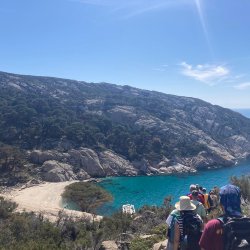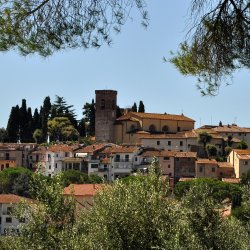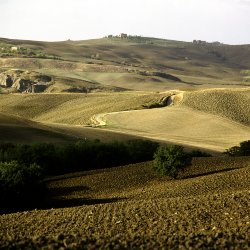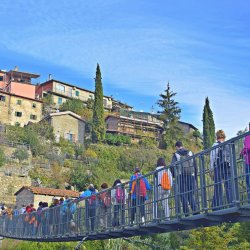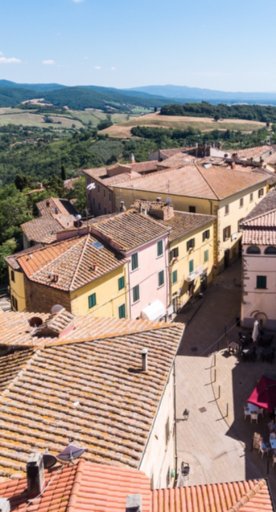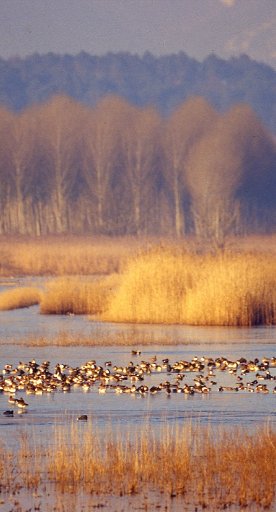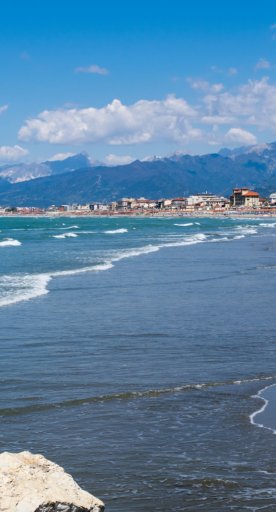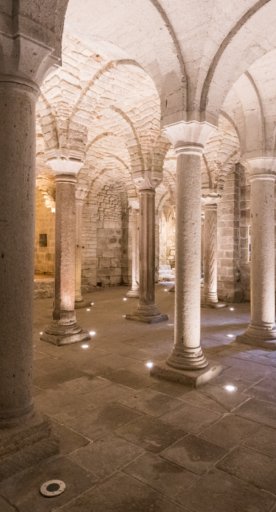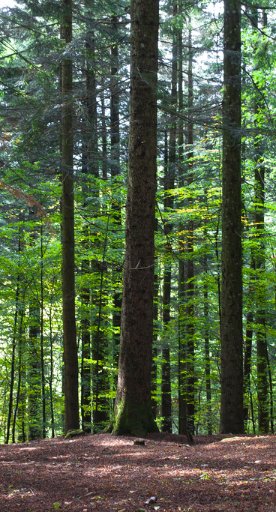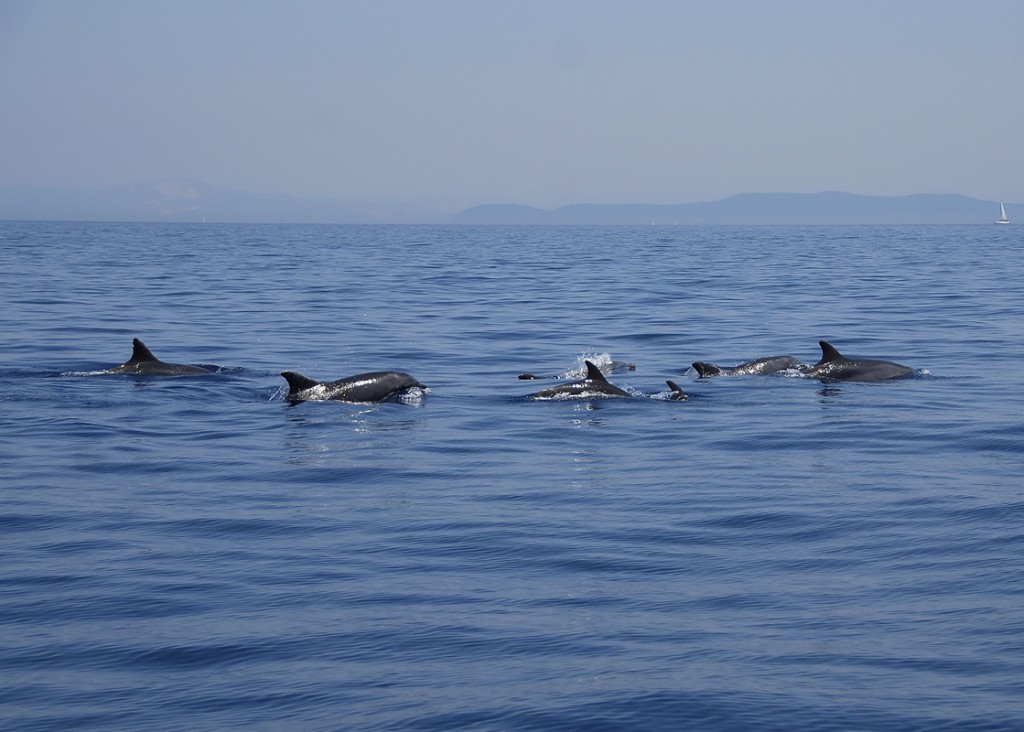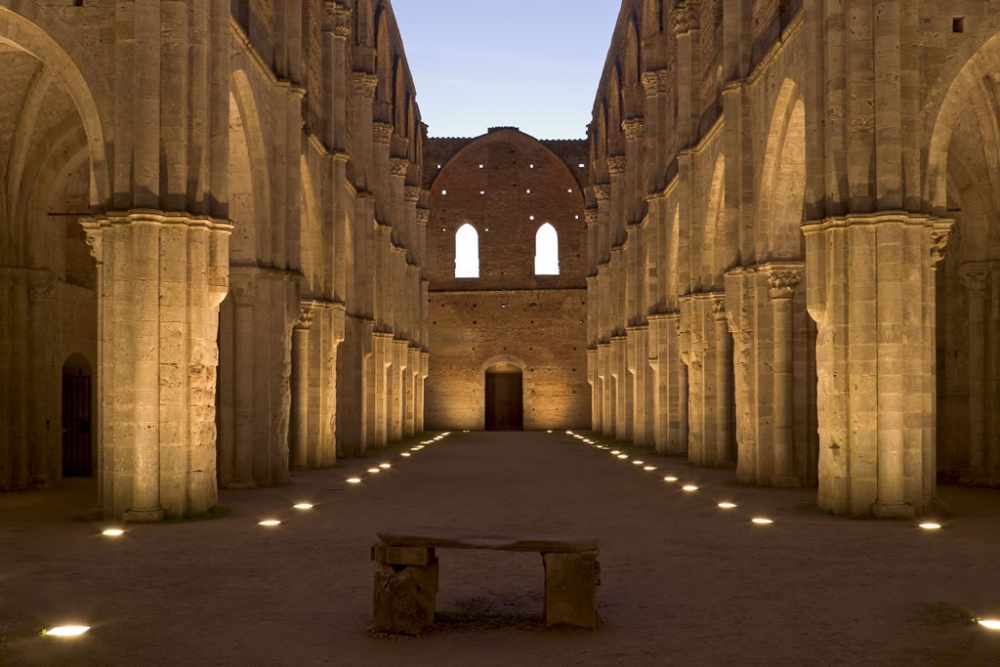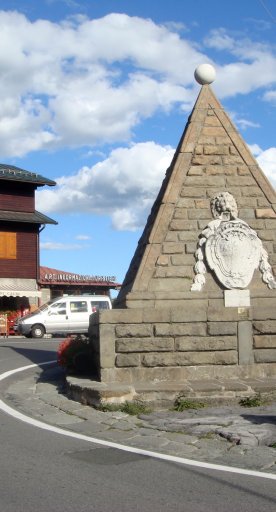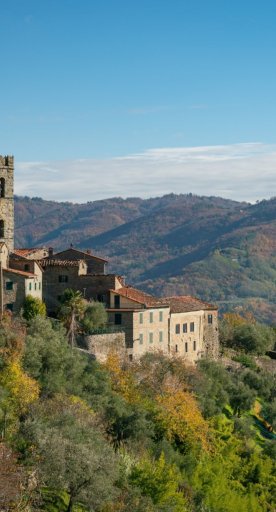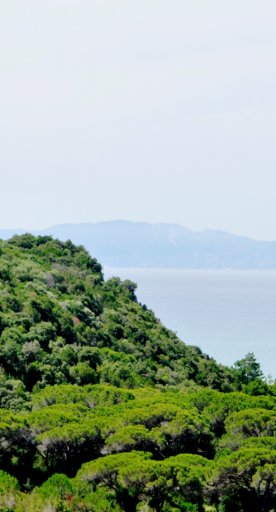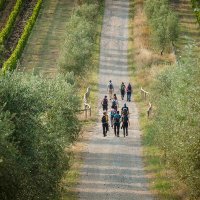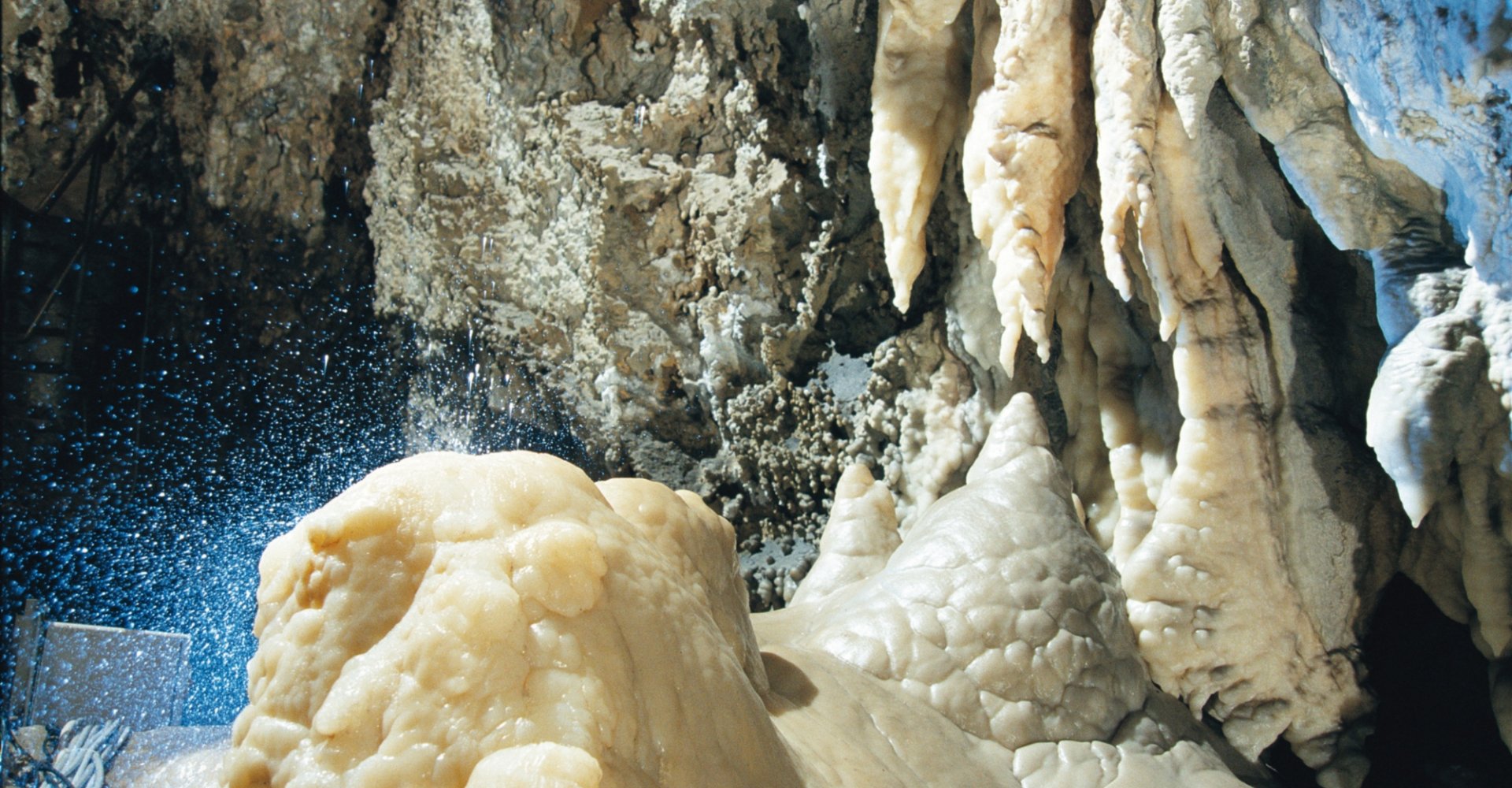

Hiking amidst caves and necropolises: the unmissable Tuscan trails
Underground rivers, mines and tunnels: a journey into the abyss on the discovery of an unusual and secret environment
Watching the clouds, which offer moments of pure emotion as their long shadows stand out against the soft hills, we realise that ‘light’ has always been the central focus of this magical land.
There is, however, an inverted Tuscany, an upside-down land that doesn’t lead onto another dimension but to a different interpretation, an exciting reality unknown to many! A reality enveloped in the darkness, that is as envious as the more famous and renowned Tuscany; a reality made up of caves and natural gorges, wonderful stalactites and stalagmites, Etruscan necropolises built into the volcanic rock and man-made galleries to extracts minerals and precious stones.
-
1.Underground Siena and Chiusi
-
2.Stone skies
-
3.Mines and Industrial Archaeology
Underground Siena and Chiusi

To those who don’t suffer from claustrophobia, even the great cities of art present a parallel history. Ten – fifteen metres under the city, Siena’s underground offers tourists tunnels, tanks, aqueducts and medieval galleries which flow with water. They are the so called bottini which, since the 12th century, has supplied the wells and beautiful fountains of the city, an underground labyrinth over 25km long!
Similarly related to the supply of water to the urban centre, Chiusi’s underground presents a labyrinth of galleries and Etruscan tunnels arranged on several levels, with a brief stretch accessible by visitors (200 m) thanks to the guided itinerary, lasting half an hour, that begins from the Cathedral Museum in piazza Duomo, and ends inside a large Etruscan-Roman water tank dating the 1st century BC.
Stone skies

The Antro del Corchia is due the national record for the spatial development of karst, over 60 km long, of which a small tract can be visited during a 2-hour equipped itinerary. The Grotta del Vento, one of the most interesting in Europe, offers fascinating environments to be discovered through three guided itineraries: a level-planed route lasting an hour, rich with chalk deposits; one lasting 2 hours, which includes a deep pit descending towards the underground river; and a third one lasting 3 hours that ascends for 990 m along the walls of an imposing well.
In the heart of the Apuan Alps we point out another two underground systems: the Buca di Equi Terme and the Grotta all’Onda, which you reach after a pleasant hour-long walk along the Lombricese stream, in the shadow of an oak wood on Mount Matanna. In the area of Grosseto, thanks to an adequately signposted trail, you can reach the Grotta del Sassocolato: from Castell’Azzara, climb to Poggio delle Forche and its caves, where you can easily catch a glimpse of the “locals” - bats.
Mines and Industrial Archaeology
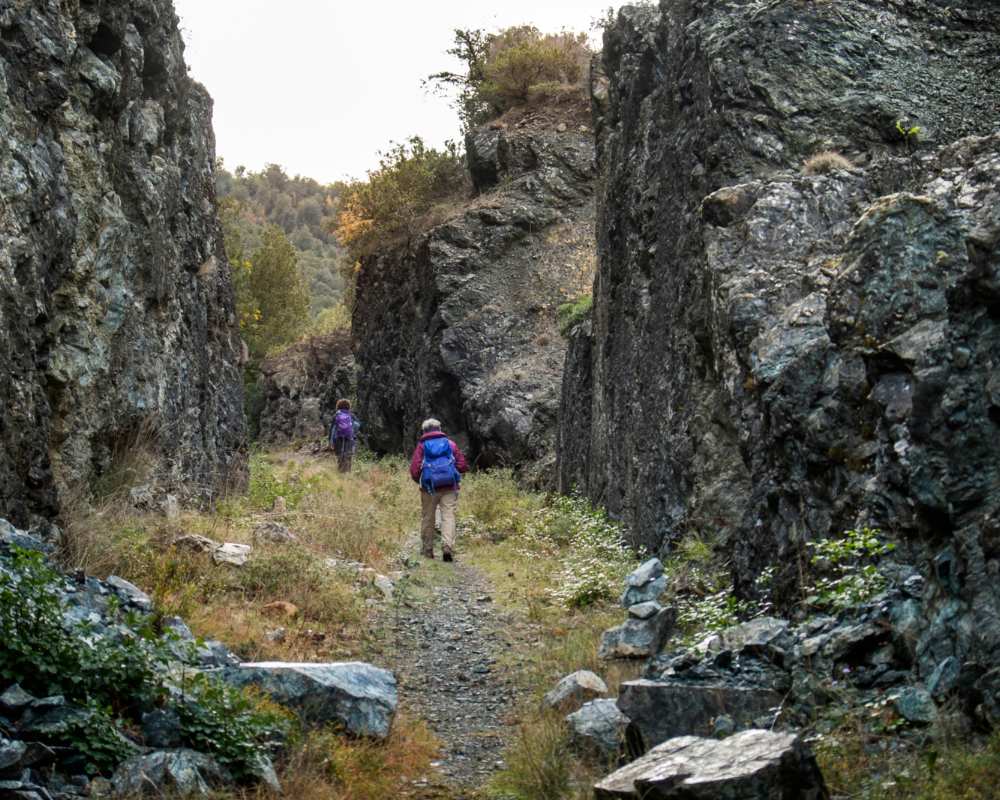
In a dark world, made up of kilometres of tunnels connected by burners, winzes and slants, the visitor will learn methods of perforation and extraction techniques, as well as be completely engaged in the miner’s unique world. In Massa Marittima, the cornerstone of one of the most important extraction sites of the Metalliferous Hills, its ancient mine inside the travertine hill, located above the town’s historic centre, was partially converted for touristic and educational purposes (guided tour – 1 hour).
A few kilometres from the Gulf of Follonica, on the peaks of Mount Calvo, one of the most important pyrite mines was still active until a few decades ago, now converted into the Gavorrano Park, which is organised into two large archaeological-mine complexes: the Ravi-Marchi extraction area (one hour itinerary / 600 m trail) and the Parco delle Rocce ( one hour / 800 m), including the Tunnel Museum (1 hour / 300 m) and the Theatre, an enchanting semi-circular quarry used for performances in the summer.
On Isola d’Elba, for once we suggest you put aside the images of sunny beaches and crystal-clear waters to retrace, with a tour guide, the unknown itinerary of the Mineral Park.
The serene atmosphere surrounding Mount Amiata, due to its villages’ simplicity and the generosity of its nature, doesn’t distract the visitor from the parallel reality of the mineral deposits exploited for the extraction of cinnabar. Mining and the working of cinnabar, employed since Etruscan times, ceased in 1973 with the closure of one of the biggest mining sites of mercury in the world, located in Siele. Tunnels, wells and the processing plant were reclaimed and adapted for visitors by means of an itinerary that allows them to cross the Pigelleto Piancastagnaio Nature Reserve to reach the mining village.
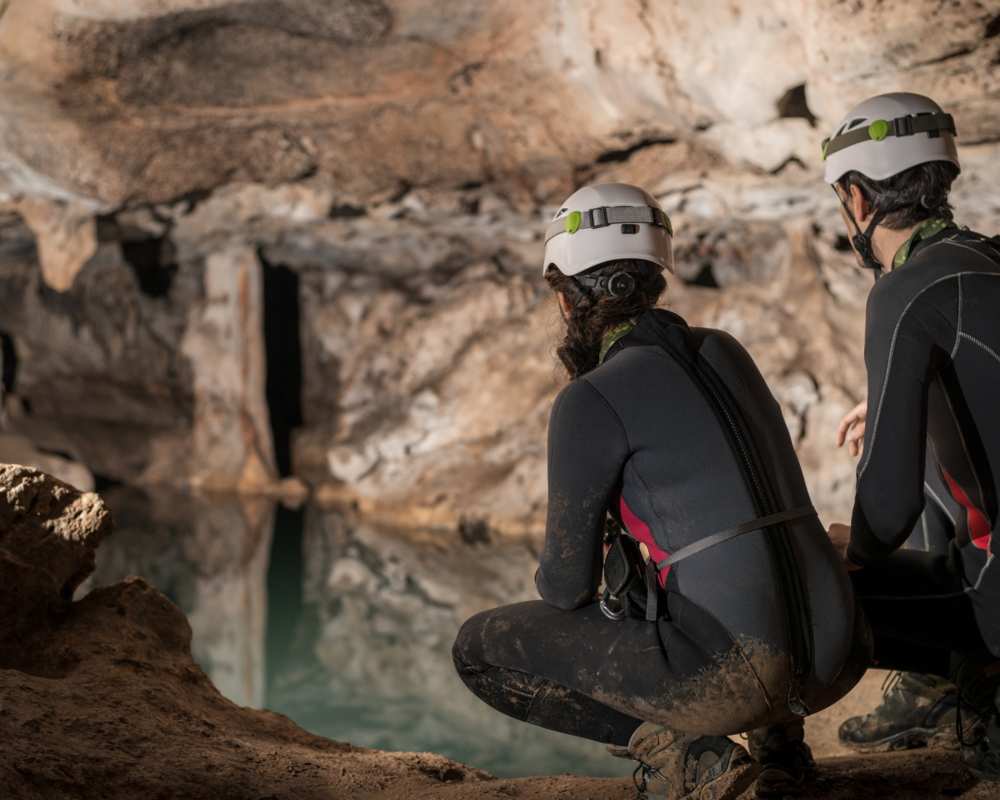
In 1888, one of the largest mining companies, Montecatini S.p.a., later known as Montedison was founded from the Caporciano mines, near Montecatini. The largest copper mine in Europe ceased its activity at the beginning of the 20th century and was converted into an industrial archaeology museum park, where two short and easy itineraries lead tourists on a discovery of the Muraglione dam and the Alfredo well, the principal site for copper extraction.

